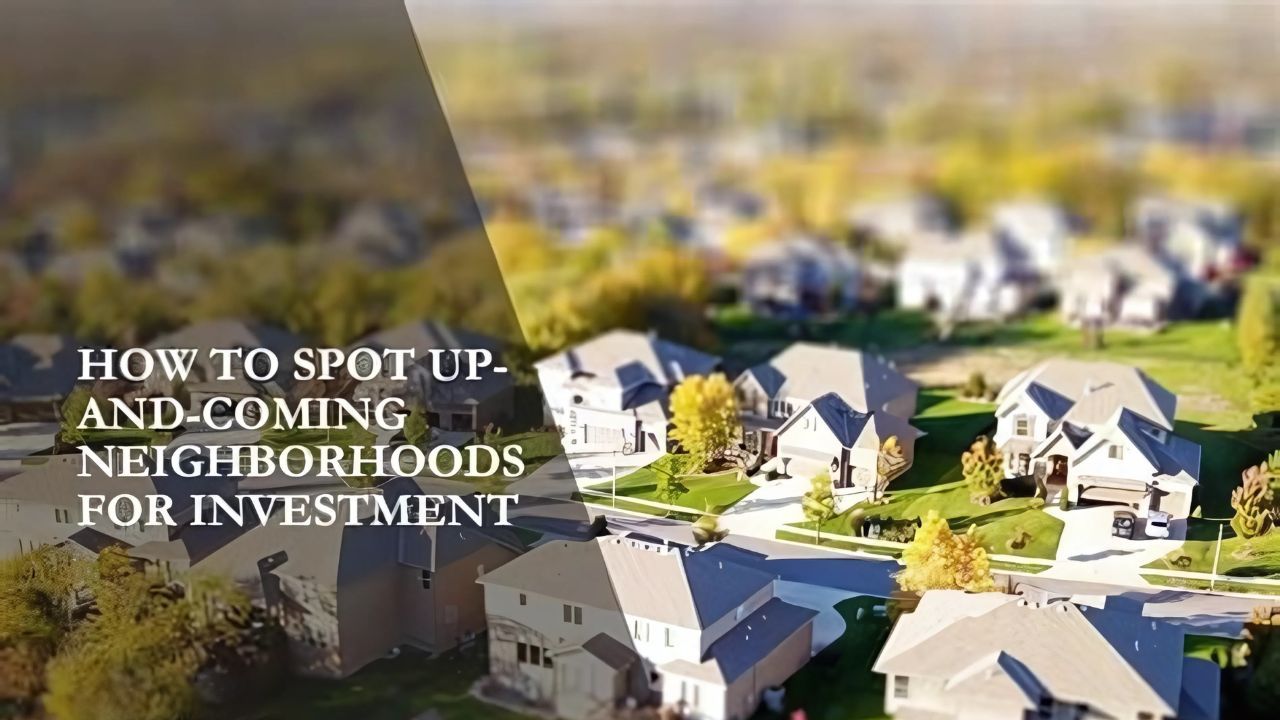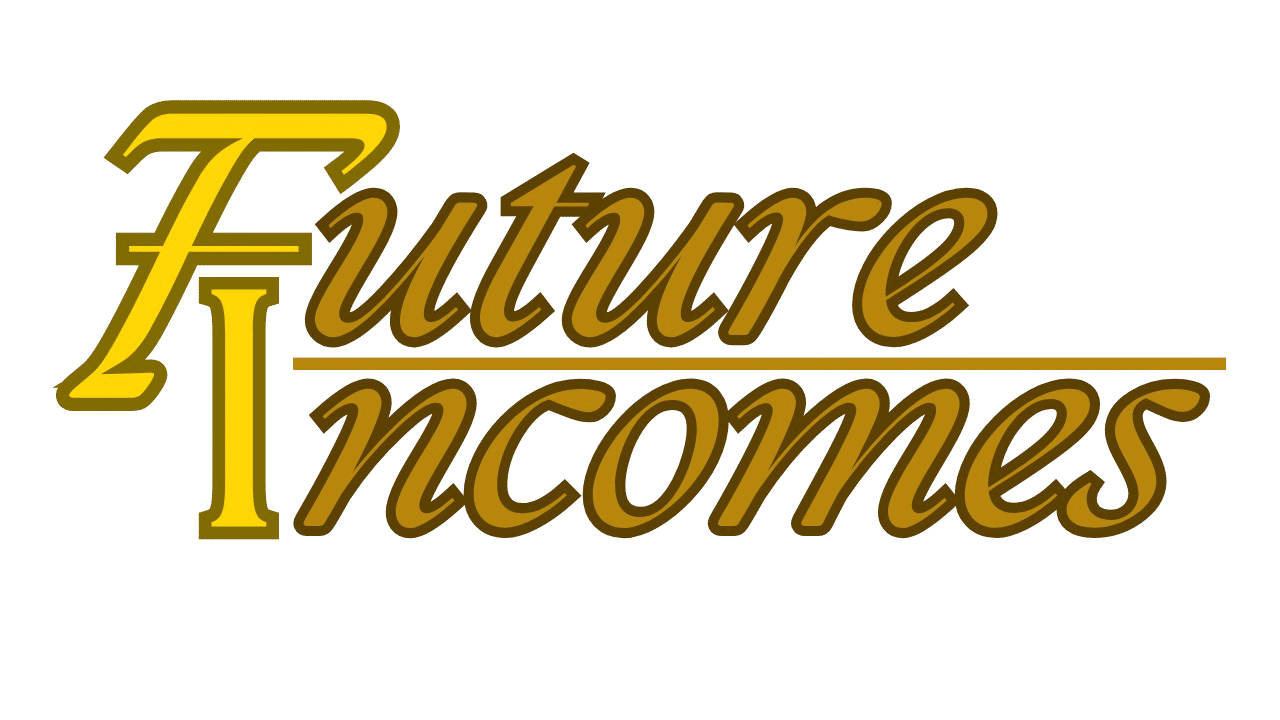How to Spot Up-and-Coming Neighborhoods for Property Investment

Futureincomes.site May blessings accompany your every step. Now I will review the facts about Property. Complete Information About Property How to Spot UpandComing Neighborhoods for Property Investment Make sure you listen to the entire contents of this article.
Let me guess – you are looking to purchase a property but don’t know where to start. Well, if you want to enhance profits, then knowing how to locate the favourable neighbourhoods before the peak one is necessary. There are key attributes that an investor should possess in order to effectively look for up-and-coming neighborhoods: a good sense for market trends, demographic shifts within the community, and developmental activity points to the area on an upswing. It will be thrilling to imagine being able to invest in an area just before it experiences such a boom in property values! You will be in familiar terrain with this article as it stresses the very factors that most smart investors are accustomed to while selecting a market segment for investment purposes.
Why Invest in Emerging Neighborhoods?
With some foresight, there is potential to make good profits in emerging markets. The reason is apparent. Invest early into the up-and-coming area and you can negotiate the prices down. This capitalizes on the fact that the property price in such encroaching areas starts to rise more than what one could call a dull cubicle atmosphere with a lot of already built up developed region. The scope in return for this kind of investment is vast for many. In this process, however, gentrification is a common occurrence and thence creates tension, especially when gentrifying areas. However, once that tension subsides property management prices gain, and growth can be seen when more businesses, infrastructure, and wealthy people pour into the area.
Essential Factors that Determine a Neighborhood’s Future Growth
Finding the next urban neighborhood to invest in can sound like throwing a dart, but seasoned investors will be quick to point out that there are trends that help predict urbanization. Here are some of the most efficient techniques to spot an up and coming neighborhood:
1. Home prices and rental rates moving upwards.
One of the first variables to examine is the movement of house prices and the rental income. If the rate of house price increases and rent for a unit or flat within a locality has a steep rise compared to other markets, it is a sign of property demand. Check the changes in price for the neighborhood over the last few years and see how it fares against the change of prices for the entire city or region. A favorable divergence in the trends of rent and property value is a strong indicator of continued growth.
2. New Infrastructure Developments
It's always a good sign for incoming growth when local authorities or developers spend the resources on new infrastructure development. Look for new metro lines, improved roads, new parks or new government buildings such as new schools or libraries. For instance, more often than not, an addition of a new bus or a train route brings in quite a number of new people moving into the area. These factors make the economic viability of the area look up, which is a precursor to a rise in property values themselves.
3. Influx of Young Professionals and Artists
The same can be said about the areas that are being settled or changing because of the influx of young energetic professionals, artists, creatives. They are usually in search for low cost areas with active participation in different sorts of life and variety in all dimensions – cultural, social, commercial. When these groups move in, they also call for local services such as cafes, bars and businesses that are youthful centered. This first group of new residents makes the place more desirable for investors and developers, bringing in more attention and development, leading to increased valuation of homes.
4. Gentrification and Population Movement:
Gentrification is one of those buzzwords that often comes up when talking about emerging districts. While it can evoke some controversy, in an economic analysis, gentrification generally informs investors that the economic and demographic changes in such area are immense. There may be an increase in property values as new wealthier residents come in enticed by new developments and businesses. One important observation for prospective investors eager to appreciate the value of their investment is the first signs of gentrification including increase of new high end cafes, agencies and high income people moving to the neighborhood.
5. Almost Empty Vacancy Rates:
When there is a strong demand for rental units but little to no availability in the rentals, there is a signal that more and more new residents are coming into the area. Such areas characterized by low rental vacancies often suffer rising rents of the properties which can increase the desirability of the area to property investors. Low vacancies and high rental demand are also an indicator that residents are beginning to regard the area with better prospects than before and this may be attributed to new job openings, better security or attraction to the community in general.
6. The Appearance of New Enterprises
Small-scale businesses are usually the first to exploit a geographically developing region. The transformation of a village into an attractive neighborhood usually goes hand in hand with the emergence of a larger number of new cafes, restaurants, coworking, or even boutiques. Also pay attention to the parameters of the specific business. Its emergence suggests that the business owners believe that the area has a high likelihood of profitability. Small, charming businesses clustered in groups are usually the precursors of real growth and gentrification in neighborhoods with affordable real estate due to reasons of increasing demand from potential buyers or renters.
7. Adjacent to an Existing Center of Activities
Such neighborhoods tend to develop too as the population stratification drags a proportion of clients away from target communities. Image a piza place: those clients will not be able to afford to eat at the restaurant located in the gentry area and will be searching for more reasonably priced alternatives in the nearby neighborhoods. If a block has two borders with a developed area or a block is located next to a gentrifying housing-based establishment, that block is likely to respond positively.
8. Local Economic Initiatives and Incentives
Local governments have provided initiatives aimed at specific areas, such as tax incentives for builders or loans to small enterprises. The intention of such strategies is to attract resources into particular neighborhoods for development processes. In this case, if the local authorities are putting resources into a specific area, chances are that it could be good for you as well. Over time, supporting initiatives that promote job creation, building housing, or small businesses often bring about appreciation in complex real estate properties.
9. Rising population and corresponding job opportunities
Residing in areas with population influx and newly created job opportunities generally increases the need for housing. There are job-needy employees that should be lured to areas with a high concentration of employment, industries, or aspiring tech businesses. It has become common that with the creation of jobs, new people move in since there is a high demand for lifestyle areas that are close to the workplace. Generally, the increasing population with the creation of job opportunities points out a favorable opportunity in the real estate market for investors.
Risks and Challenges in Investing in Emerging Neighborhoods
Gentrification Investing in high-potential emerging neighborhoods known as up and coming can be highly rewarding but it also has its drawbacks. Nonetheless, there can be areas that require further development and some time for an investment to appreciate its value. Furthermore, it is important to consider the volatility of the market, as changes in the economy or even the real estate market can change property values. Therefore, it is wise for investors to expect a long time frame before their investment practices start yielding results. Such regions require a very patient investor because it might take them some time for them to take full shape.
On top of these, gentrification raises further ethical issues, with increasing house values often leading to the expulsion of longstanding locals from an area. One should be careful about the negative effects their investment would have on the populations surrounding them and make deliberate efforts to find ways to positively impact the areas where they have investment interests. Though making profits should be a priority, it would also be crucial to focus on the stability and inclusion of communities as part of the sustainable investment strategy.
Conclusion: It Is So Simple to be Ahead in the Real Estate Game: Find New Opportunities Right Now
Potential return on investment in a new area which has begun to develop is very high, usually at a much lower cost than that in the developed lands. But it requires a good perception of the traits and signals that pertain to development and a fair level of risk. You target a geographical region, and demographics that are undergoing change, policies that are being implemented, and you will be able to make timely and profitable investments. The important point here is to be alert and integrate technology and the local community views to take your decisions. So, use this knowledge, go out to different neighborhoods, and who knows, the market for real estate investment may be in your favour!
That is the information about how to spot upandcoming neighborhoods for property investment that I can share in property I hope you find value in this article improve your skills and maintain personal hygiene. Don't hesitate to share it with others. don't miss other content. Thank you.

